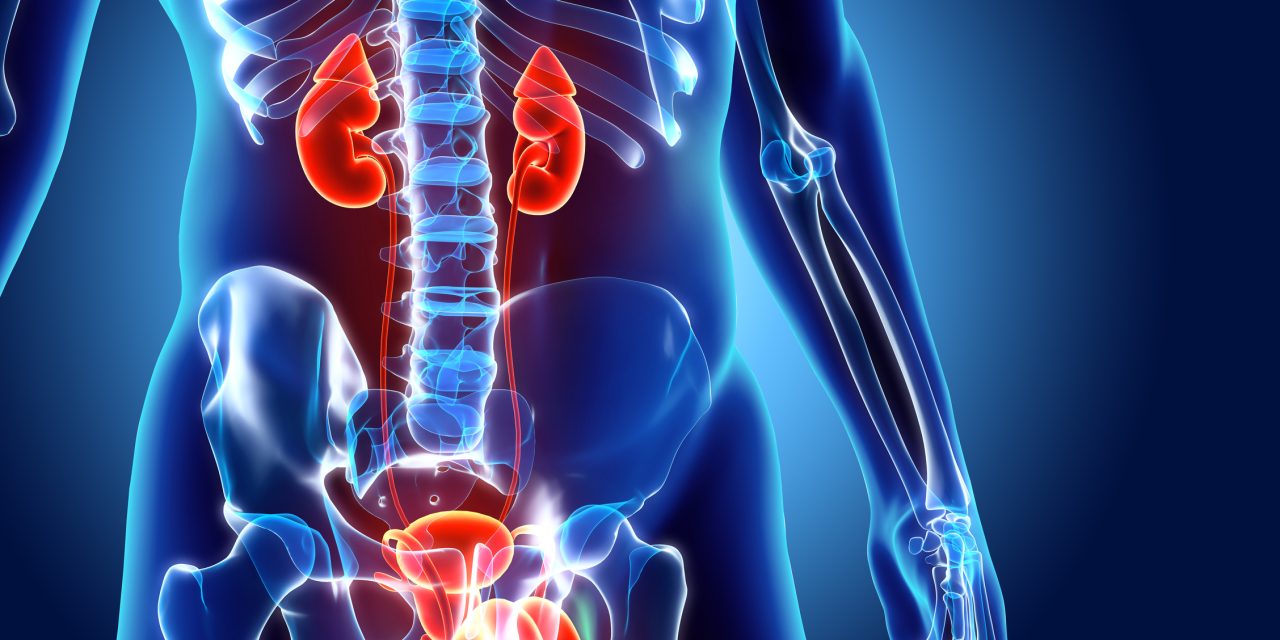Environmental lead (Pb) and cadmium (Cd) pollution has been considered a risk factor in the etiology of kidney stones. However, the association between Pb and Cd exposure and kidney stone incidence has yet to be determined.
This study aimed to determine a possible the association between kidney stones with Pb and Cd exposure (alone or combined) in a non-occupational population.
Pb and Cd contaminations in soil-plant system were determined by flame atomic absorption spectrophotometry. Health risk assessment of dietary Pb or Cd intake from rice and vegetables were calculated. Kidney stones were diagnosed with urinary tract ultrasonography. Urinary cadmium (UCd) and blood lead (BPb) levels were determined by graphite-furnace atomic absorption spectrometry. Multivariate logistic regression models were constructed.
The hazard indexes (HI) of Pb and Cd were 7.91 and 7.31. The odds ratio (OR) was 2.83 (95 %CI:1.38-5.77) in males with high BPb (BPb ≥ 100 μg/L), compared with those with low BPb (BPb<100 μg/L). Compared to those with low BPb and low UCd (BPb<100 μg/L and UCd<2 μg/g creatinine), the ORs were 2.58 (95 % CI:1.17-5.70) and 3.43 (95 % CI:1.21-9.16) in females and males with high BPb and high UCd (BPb ≥100 μg/L and UCd ≥2 μg/g creatinine), respectively. The OR was 3.16 (95 % CI:1.26-7.88) in males with high BPb and low UCd (BPb ≥ 100 μg/L and UCd <2 μg/g creatinine), compared to those with low BPb and low UCd.
Kidney stones incidence was increased by high Pb exposure in males, and by Pb and Cd co-exposure in males and females.
Copyright © 2021 Elsevier GmbH. All rights reserved.
Association of lead and cadmium exposure with kidney stone incidence: A study on the non-occupational population in Nandan of China.


